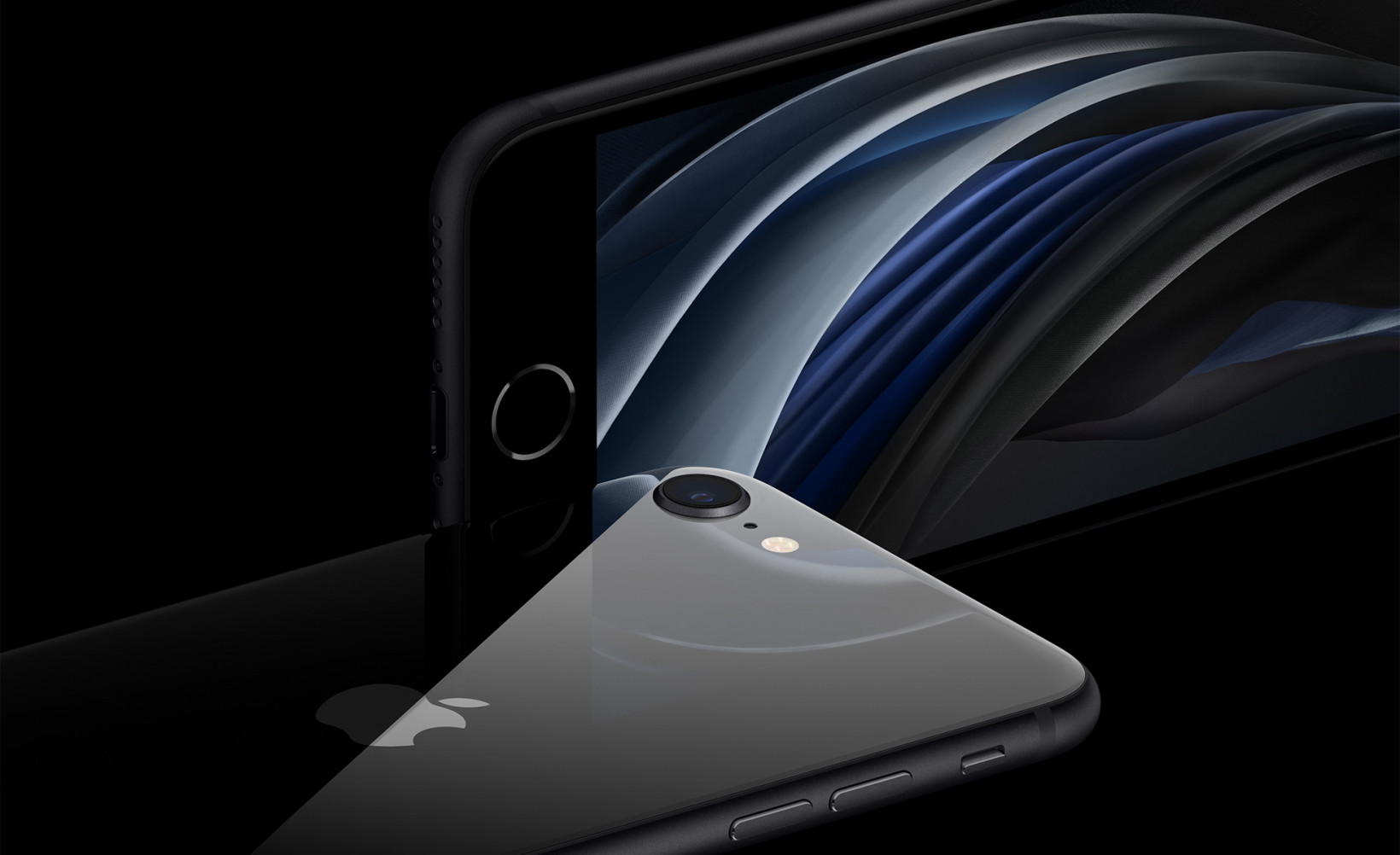The phone was earlier rumored to release in March. However, the coronavirus pandemic pushed likely the launch date. Now it’s finally here, so let’s dive into the specs. The SE 2020 edition looks just like the iPhone 8 with a home button and Touch ID instead of Face ID. It’s powered by the company’s latest A13 processor, meaning it’ll a significantly more punch than it’s predecessor. The screen offers support for HDR10 and Dolby Vision for more vivid color quality. However, we’ll have to put that to test as to see how it makes a difference in video consumption on a small screen. It has a 12-megapixel camera on the back and a 7-megapixel selfie camera on the front. While the camera lets you take portrait shots and process them through Apple’s SmartHDR algorithm, there’s no dedicated night mode.
The phone comes with a tiny 5W charging brick in the box, but you can use a compatible 18W brick to charge it quickly. It also supports Qi wireless charging standards, so you can use any of your existing wireless chargers with this phone. There aren’t many options out there for people who’re looking for compact phones. While the original iPhone SE was smaller than a new version with a 4-inch screen, this is good at it gets in 2020. It’s also a good offering for someone who doesn’t want to spend more than $600 for a phone with a stellar performance. Apple’s A13 Bionic chip will expectedly beat mid-range Android processors for a couple of years, and you’ll also get software updates from the company regularly. My colleague Bryan noted that this mid-pandemic launch might not be the best time for Apple to launch a product. But let’s not forget that even this year, people were happy to buy the old iPhone SE. So once the coronavirus pandemic is over, the company might sell a ton of these for the coming years. The new iPhone will be available for pre-order in the US from April 17, and units will start shipping from April 24.
